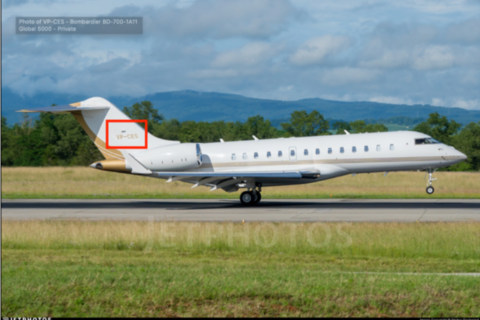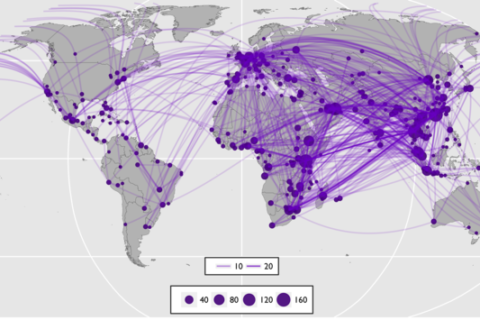Strings Attached

In this report, we conduct an in-depth investigations into the methods used by IUU networks both at-sea and onshore to exploit a systemic lack of transparency and weak enforcement in the global fishing sector.
Executive Summary #
The value generated from illegal, unreported, and unregulated (IUU) fishing is estimated to be between $10 billion and $36.4 billion annually, making it the third most lucrative natural resource crime, following timber and mining. It continues to pose one of the greatest threats to the world’s marine ecosystems while destabilizing the food and job security of billions around the world. Actors engaging in IUU fishing also depend on other criminal conduct to continue operating at sea and launder illicit catch into the supply chain. These activities can include document fraud, the trafficking of persons, money laundering, and more. Despite the scale of IUU fishing and its links to other crime types, IUU operators continue to exploit weak enforcement and a lack of transparency in the global fishing industry as they operate under a veil of secrecy.
Current enforcement and regulatory approaches to IUU fishing prioritize the at-sea activity of fishing vessels. Yet this approach has failed to address IUU activity and its associated offenses and crimes as part of a larger onshore system that poses risks to sovereignty, national security, and economic development. Therefore, effective maritime domain awareness requires both at sea and onshore scrutiny to establish a link between IUU fishing vessels and the financial activity of onshore corporations that facilitate IUU fishing. By framing IUU fishing as a problem linked to onshore crimes and facilitators, governments and law enforcement can rely on additional authorities to pursue the networks that sustain vessel activity at sea.
In this report, we present findings from C4ADS’ in-depth investigations into the methods used by IUU networks both at-sea and onshore to exploit a systemic lack of transparency and weak enforcement in the global fishing sector.
- In Section One, we examine the at-sea risk indicators of vessels engaging in IUU fishing identified across our investigations. We find that these indicators are consistent across regions of the world. Additionally, multiple at-sea indicators observed together can narrow investigations on a pool of high-risk vessels that warrant further examination. In particular, we examine the risk indicators for potential IUU fishing most frequently observed across our investigations for this report, including AIS dark activity through the manipulation or disablement of AIS, vessel identity alterations, flag manipulation, and engagement in unregulated transshipment at sea.
- In Section Two, we examine how investigations into IUU networks onshore can begin to lift the veil of secrecy that sustains IUU operations in the global fishing industry. These transnational networks use several methods to exploit vulnerabilities onshore, including shell companies, secrecy jurisdictions, flags of convenience, and gaps in information across the global fishing sector. Our analysis shows that an increased focus on the use of publicly accessible information can help identify the links between fishing vessels engaged in IUU activity and their owners. This in turn will help expose who ultimately profits from IUU fishing.
- In Section Three, we examine how a lack of transparency and insufficient scrutiny onshore allows opportunistic actors to exploit the fishing industry. Specifically, IUU fishing converges with a variety of crimes onshore that sustain fishing operations at sea and launder IUU catch, undermining the legitimacy of supply chains around the world. We explore three main points of convergence identified throughout C4ADS’s investigations: human trafficking and forced labor, customs and document fraud, and the role of corruption and organized crime groups.





